Engineering Resilience: Upgrading Alaska’s Lifeline in the Arctic
Deep in Alaska’s rugged wilderness, a single road stretches north, connecting the state’s oil fields to the rest of the world. That road is the Dalton Highway, and a 16-mile stretch of it, between mileposts 289 and 305, is undergoing a crucial upgrade to ensure it stays open—even in the face of some of the harshest winter storms on the planet.
Located about 100 miles south of Deadhorse, this portion of the highway is essential for transporting goods to the North Slope oil fields and maintaining the Alaska Pipeline. Heavy snowfall can close the road during winter, leaving semi-trucks and crucial supplies stranded. The goal of this project is to prevent snow from drifting onto the road, improve safety, and keep logistics flowing year-round.
Anne Nelson, project manager, explains that the Dalton Highway was initially built in the 1970s and has seen few updates since. “This is the only road to the North Slope, so when it drifts shut, it stops everything,” she says. “We’re raising the road to keep it open during storms, which will make a huge difference for the trucking companies and the oil fields.”
Funded by federal grants and administered by the state, the project focuses on building up the highway’s embankment. Anne and her team have been working through several challenges with building on permafrost. “The tricky part is placing material on the tundra without disrupting it. If the permafrost starts melting, the road can sink,” she explains. So far, the team’s efforts have paid off. Last year, they finished raising large portions of the embankment, and Alaska Department of Transportation and Public Facilities reports have already shown a significant reduction in drifting.
The Maintenance and Operations (M&O) section of AKDOT&PF reported a reduced need to clear drifted snow in the section of the road that we had raised. One specific location, the 120 dip, performed much better last year than in previous years. Before the improvements to this section, M&O would have to station equipment at that location to continually clear the drifting during storm events.
One of the toughest surprises came when groundwater began seeping into the road embankment. “We had to get creative,” Anne recalls. The team installed French drains and geotextiles to redirect water from the road embankment. Because all construction materials had to be trucked in from a site 16 miles away from the project, managing the logistics was no small feat.
The Dalton Highway’s remote location means everything from culverts to gravel has to be planned and transported carefully. “There’s no running out to a supply store,” says Anne. “You have to get it right the first time.”
Despite the challenges of working in Alaska’s extreme environment, Anne is proud of the progress made. Now in its third construction season, the Dalton Highway project is on track to significantly improve transportation in one of the state’s most critical regions. The improvements will keep the road open during snowstorms and support Alaska’s oil industry for decades to come.


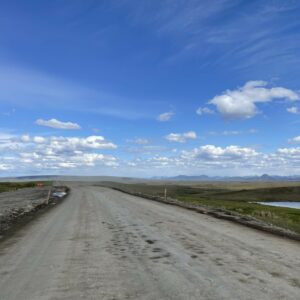
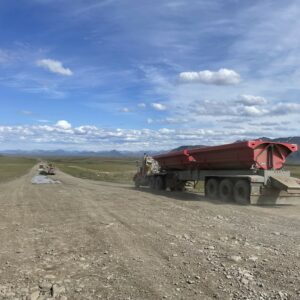
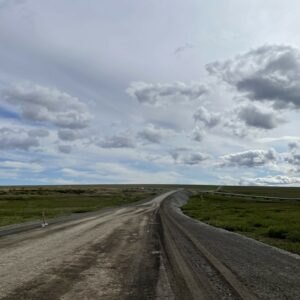
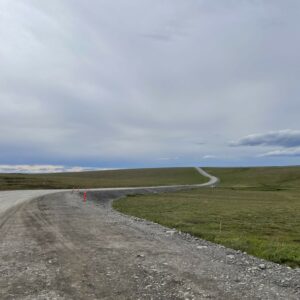
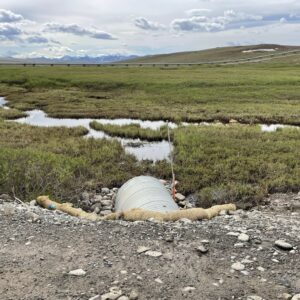
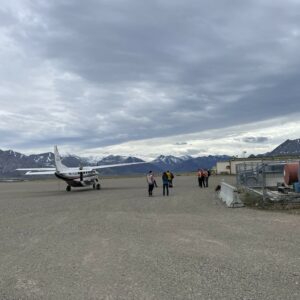
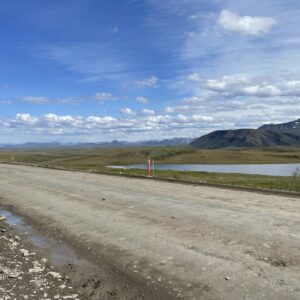
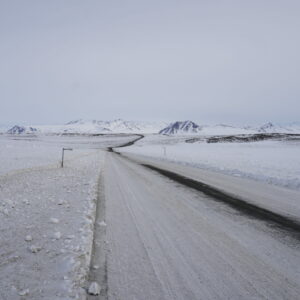

Stay in Touch